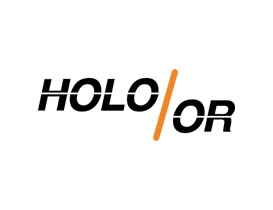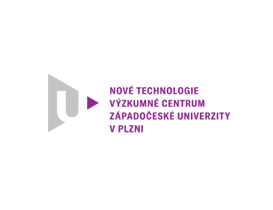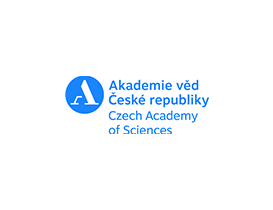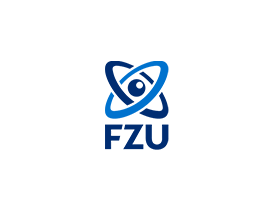HiLASE Centre as a part of the Institute of Physics of the CAS has achieved another world record. The Laser Micromachining team led by Peter Hauschwitz, applied a concept of multi beam processing of record speed of 1909 cm2/min to create nanostructures on stainless steel.
The unique combination of HiLASE PERLA ultrashort high-energy pulsed laser system with exceptional beam quality and a novel Diffractive Optical Element (DOE) from the Israeli company HOLO/OR are core technologies behind this achievement. The current world record for nanostructuring, which was held by the Hochschule Mittweida Laser Institute, University of Applied Sciences Mittweida, performs at more than 30% lower processing speed and is based on much more complex and expensive technological solution compared to HiLASE current solution, which set the record. Moreover, HiLASE processing technique allows creating Laser-induced periodic surface structures, so called LIPSS. LIPSS on stainless steel are important to create anti-bacterial surfaces, friction-reducing surfaces or surfaces modifying the optical properties of the material. Therefore, the production speed of 1909 cm2/min as well as simplicity and low cost of a new technology are bringing this nanostructuring technology a step closer to wide industrial applications.
“The high-energy pulse and high beam quality of our laser system, which produced ultra-short 1.2 ps (1.2 × 10-12 s) pulses at 200 W average power and 100 kHz repetition rate (100,000 shots per second), allowed us to split the beam into 2601 beamlets,” explains Peter Hauschwitz, team leader of the Laser Micromachining team. He further elaborates, “These beamlets are arranged in a 51×51 square matrix of 1 mm2, which enables fast beam movement across the sample at speeds of up to 9 m/s. This technological solution is simpler, more affordable, and will influence initial investment cost.”
Rapid nanostructuring also requires reliable and online quality control. In order to respond to this request, a unique method for online quality control of nanostructures using fast infrared radiometry has been tested under the active collaboration of scientific teams from the University of West Bohemia in Pilsen and HiLASE Centre. This method can significantly contribute to the rapid expansion of laser nanostructuring into the industrial field. Jiří Martan, Head of Laser microprocessing research team at the University of West Bohemia, adds: “Analysis of the signal from the fast IR detector revealed a correlation between the thermal signal and the onset of nanostructure formation. With this knowledge, it is possible to precisely control the laser parameters in real-time and thus the quality of the produced nanostructures.”
“I am very pleased to see such great achievements from the Laser Micromachining Team. These results are well in line with HiLASE long-term strategy to develop the next generations of lasers, which respond to hi-tech industrial demands. Combining our cutting edge laser systems with new approaches, such as multi-beam processing, allowed us to accomplish this world record in rapid surface nanostructuring that shows a great potential for the efficient production of LIPSS-based functional surfaces. I believe, that our new method for nanostructuring will lead to important innovations and applications in material processing, surface refinement and thus will have an impact on the industry as a whole,” says Tomáš Mocek, Head of the Centre HiLASE.














